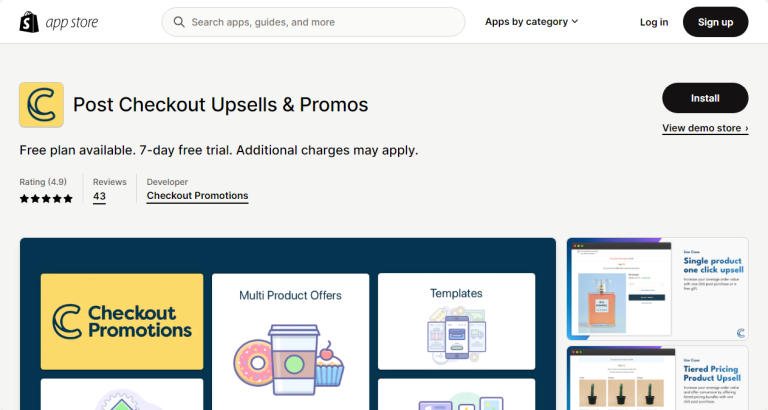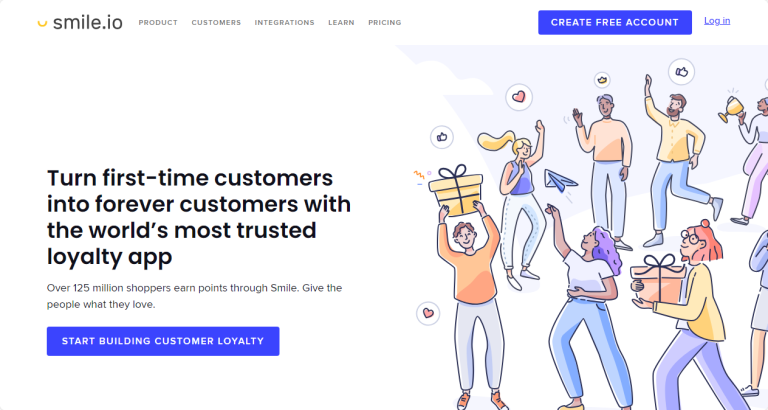Average Order Value (AOV) is an essential Key Performance Indicator (KPI) that provides insight into how customers spend when they shop on an ecommerce platform. By understanding AOV, companies can identify buying patterns, refine marketing strategies, and optimize pricing models.
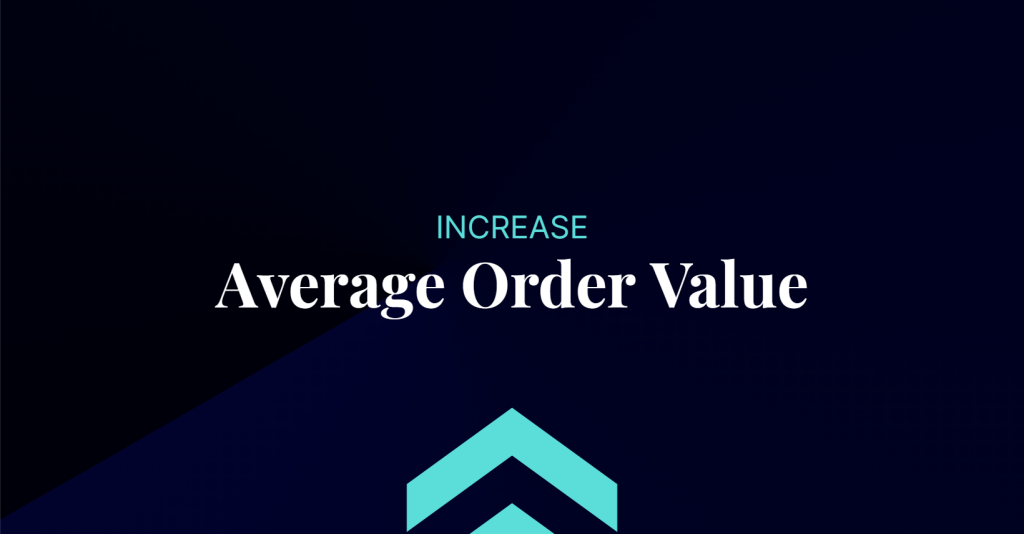
With a better understanding of this metric, companies can efficiently allocate resources and develop strategies to increase revenue.
Key Takeaways
- Definition: Average order value (AOV) provides insight into the average amount customers spend when shopping on an ecommerce platform.
- Calculation: AOV is calculated by dividing total revenue by the number of orders.
- Strategic Importance: AOV helps businesses understand customer spending habits, refine marketing approaches, and optimize pricing strategies.
- Optimization Strategies: Improving AOV can be achieved through methods such as up-selling, cross-selling, bundled offers, and customized marketing campaigns.
- Limitations: While insightful, AOV might not capture the entire customer journey, can be skewed by outliers, doesn’t differentiate between customer types, omits purchase frequency, is subject to seasonal variations, doesn’t directly indicate profitability, can overshadow other crucial metrics, and lacks depth without supplementary data.
- Complementary Metrics: AOV should be evaluated alongside metrics such as cart abandonment rate, conversion rate, and customer lifetime value (CLV) for a comprehensive view of ecommerce performance.
Why does Average Order Value matter for your business?
- Profit Maximization: By increasing AOV, businesses can elevate their revenues without necessarily increasing the number of sales or traffic.
- Resource Allocation: With insights into AOV, businesses can better allocate their marketing budget, focusing on campaigns or strategies that drive higher order values.
- Customer Insights: A higher or lower AOV can offer clues about customer preferences, price sensitivity, and the effectiveness of promotions or discounts.
- Inventory Management: Understanding AOV can aid in predicting inventory requirements, especially if certain high-value items frequently appear in larger orders.
- Tailored Marketing: Knowledge of AOV can assist businesses in creating personalized marketing campaigns, targeting customers who might be inclined to make bigger purchases.
How to calculate Average Order Value (AOV)?
Explanation of the parts of the formula:
- Total Revenue represents the cumulative amount of money brought in from all the orders. This sum includes every successfully paid order and does not account for returns or refunds made after the purchase.
- Number of Orders indicates the total count of successful transactions, meaning the number of orders that were completed and paid for.
- By dividing the total revenue by the number of orders, the formula computes the average monetary value of each order. This gives businesses an understanding of the typical order value.
The Average Order Value (AOV) provides insights into the purchasing behavior of customers. A higher AOV indicates that, on average, customers tend to buy more expensive items or more items per transaction. Conversely, a lower AOV might imply that customers are buying cheaper items or fewer of them per transaction.
Example Scenario
Suppose during a certain week:
- The total revenue from your online store amounted to $10,000.
- In this period, the store had 200 successful order transactions.
Insert the numbers from the example scenario into the formula:
- Average Order Value (AOV) = $10,000 ÷ 200
- Average Order Value (AOV) = $50.
This means that, on average, customers spent $50 per transaction on the website during this week.
Average Order Value (AOV) benchmarks
Dynamic Yield has a remarkable data set of 200 million unique users per month and 300 million total sessions, making it a potentially unparalleled source of industry benchmark information.
As of June 2023, the global average order value (AOV) over the previous twelve months is $109.
However, this value varies across industries: Beauty and Personal Care has an AOV of $72; Food and Beverage, $93; Multi-brand Retail has a quarterly trend of $81. Pet Care and Veterinary Services is experiencing a monthly decline and currently stands at $65. Fashion, Accessories and Apparel is also experiencing a slight decline in an otherwise upward trend, with an AOV of $141. Consumer Products, with a tumultuous year of highs and lows, is now at $126. Luxury and Jewelry also experienced a slight dip from the previous month and is currently at $137. Finally, Home & Furniture has the highest AOV of $254 for the reasons mentioned above.
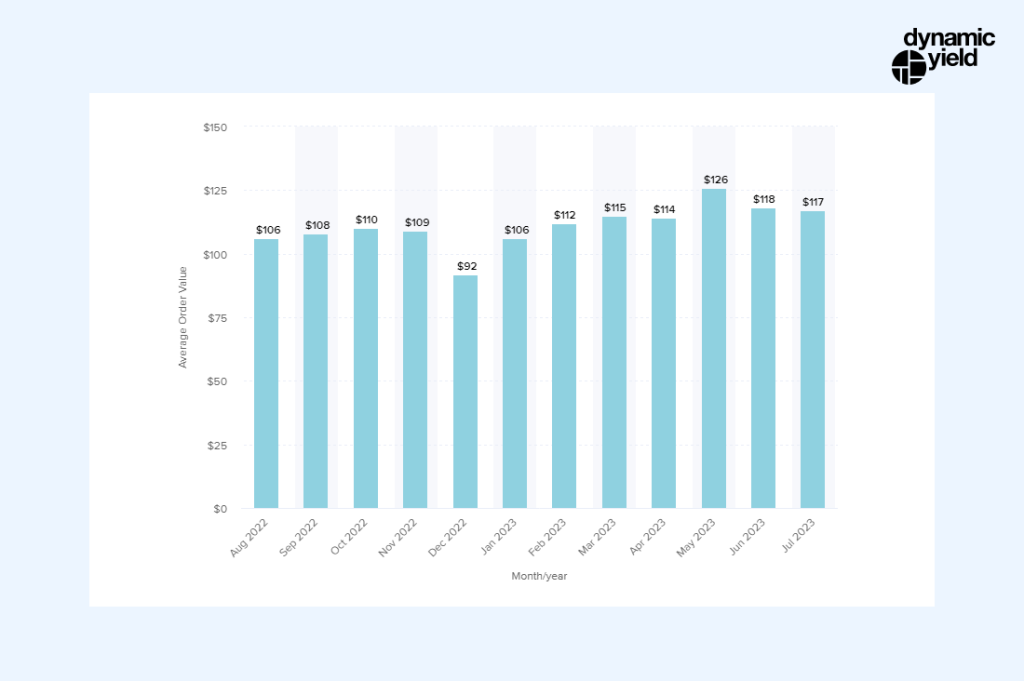
The average order value globally is $110. MoM AOV breakdown: The number of unique purchases per visitor over the past twelve months.
Tips and recommendations for increasing Average Order Value
To increase Average Order Value (AOV), focus on implementing effective upselling and cross-selling strategies, offering bundled or discounted packages, providing incentives for larger purchases, enhancing the overall shopping experience, and introducing a tiered loyalty program.
Implement Upselling and Cross-selling Strategies
To maximize your profits, you can implement up-selling and cross-selling strategies. To upsell, you can highlight the premium versions of products that customers are interested in, emphasizing the additional features or benefits that make the higher-priced item more desirable. To cross-sell, you can suggest additional items that complement the product they are already considering. This could include accessories or add-ons that enhance the function or enjoyment of the primary product. Not only do you provide a valuable service to your customers, but you also increase the overall value of their purchase.
Offer Bundled or Discounted Packages
Bundling products or offering discounted packages is another effective way to increase average order value. By combining complementary products into a single bundle, customers are likely to perceive more value in getting a complete set or package at a discounted price than in buying each item individually. Convenience also plays an important role. Customers appreciate having the work of matching complementary items done for them, often leading them to spend more than they originally planned.
Provide Incentives for Larger Purchases
Providing incentives for larger purchases can greatly motivate customers to increase their spending. This can be achieved through strategies such as free shipping on orders over a certain amount, exclusive discounts for bulk purchases, or a free gift with high-value orders. These types of rewards make customers feel valued and appreciated, and encourage them to increase their order value to qualify for these attractive incentives.
Enhance the Shopping Experience
A seamless and enjoyable shopping experience can significantly influence a customer’s willingness to spend more. By ensuring that your website or app is user-friendly and easy to navigate, customers are more likely to spend more time exploring your offerings. Providing clear and detailed product information along with high-quality images can help customers make informed decisions, and personalized recommendations based on their browsing and purchase history can make them feel valued and understood, encouraging them to spend more.
Implement Quantity-based Discounts
Quantity-based discounts or tiered pricing can encourage customers to buy more of a particular item. Offering a discount on the purchase of multiple units of an item can motivate customers to increase their order size to benefit from the reduced rate. This can be particularly effective for items that are often bought in bulk or that have a regular use, encouraging customers to stock up and save in the long run.
Provide Limited-time Offers or Promotions
Creating urgency through limited-time offers or promotions can be a powerful driver for larger purchases. By setting a deadline for a discount or a special offer, customers may feel compelled to make their purchase immediately rather than delaying it. Similarly, offers limited by quantity can create a sense of scarcity, motivating customers to buy more while the deal is still available.
Introduce a Tiered Loyalty Program
A tiered loyalty program can be a great way to encourage repeat business and increase average order value. By setting up different levels of rewards that correlate with spending thresholds, you can incentivize customers to spend more in order to reach higher tiers with more exclusive benefits. Regular customers may be motivated to elevate their spending habits in hopes of achieving the next tier’s rewards, thus increasing their average order value over time.
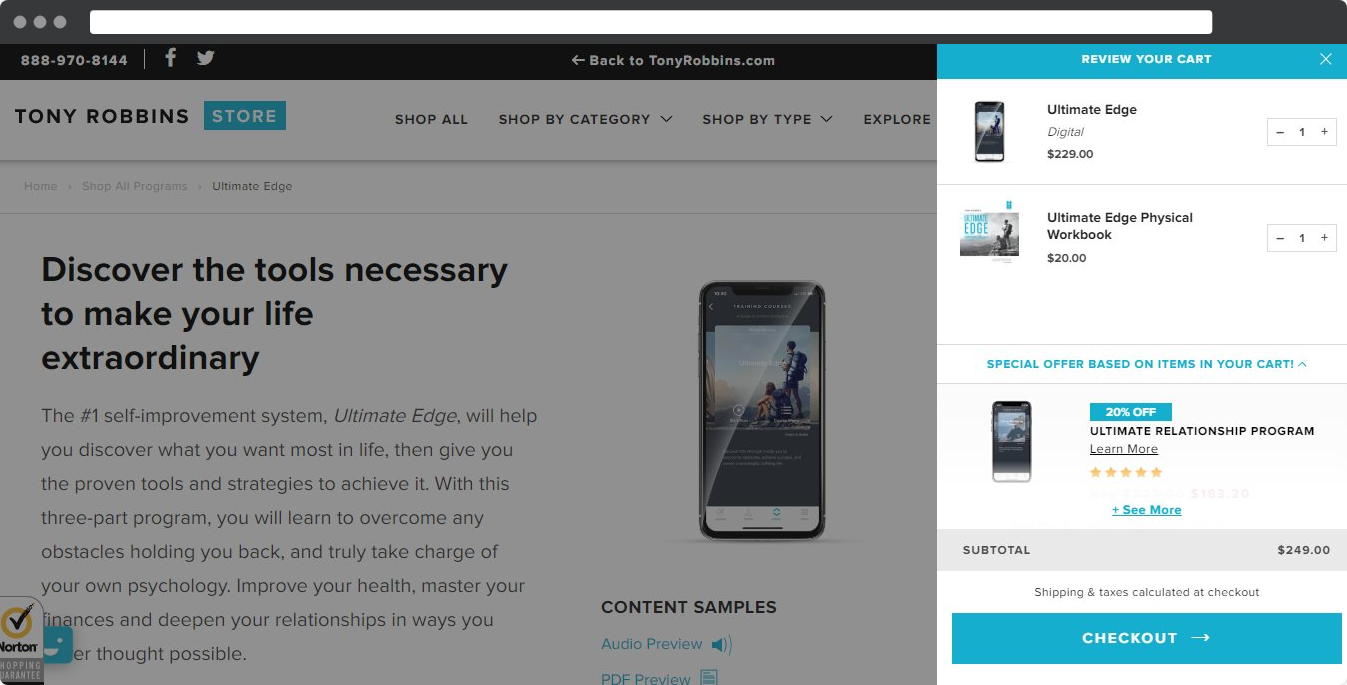
If you want to increase AOV in your e-shop, start using cross-selling. For example, take a look at Tony Robbins' website, where cross-selling takes the form of a bump offer on a minicart.
Examples of use
Customized Product Recommendations
- Scenario: A DTC beauty brand finds through data analysis that customers purchasing a particular face cream often have an AOV 30% higher than others.
- Use Case Application: The brand could employ machine learning and AI tools to offer personalized product recommendations to shoppers. For instance, if someone adds that specific face cream to the cart, they might be shown complementary products, like an eye serum or sunscreen, known to boost the AOV. Over time, such targeted recommendations can drive more sales and elevate the overall AOV.
Tiered Loyalty Programs
- Scenario: A DTC athletic wear brand observes a wide range of AOVs across its customer base, from low to very high.
- Use Case Application: To incentivize higher spending and reward its high AOV customers, the brand could implement a tiered loyalty program. Those who achieve a certain AOV threshold might get access to exclusive product drops, early sale access, or even special event invitations. Such tiered benefits encourage consumers to spend more per order, gradually raising the AOV.
Bundling and Subscription Models
- Scenario: A DTC coffee roaster finds that while many customers purchase single bags of coffee, the AOV is significantly higher for those buying variety packs.
- Use Case Application: The brand can introduce subscription boxes that offer a curated selection of different coffee blends delivered monthly. By promoting this subscription model and offering slight discounts or exclusive blends, they can encourage more customers to choose the variety option, subsequently increasing the AOV.
Exclusive Product Collaborations
- Scenario: A DTC fashion brand identifies through AOV metrics that customers tend to spend more during limited-time product drops or collaborations.
- Use Case Application: Based on this insight, the brand could collaborate with influencers or other complementary brands to release exclusive limited-time products. They can hype these collaborations via social media, increasing anticipation and driving up the AOV when the product drops, as customers are likely to add more items to benefit from combined shipping or to reach a free shipping threshold.
Targeted Marketing Campaigns
- Scenario: Through customer segmentation, a DTC home decor brand discovers that customers in certain age groups or geographic locations have a notably higher AOV.
- Use Case Application: Using this data, the brand can craft targeted marketing campaigns for these high AOV segments, offering them personalized promotions or showcasing products that resonate more with their preferences. By tailoring the shopping experience and marketing messages for these high AOV segments, the brand can further maximize its revenue from its most profitable customer groups.
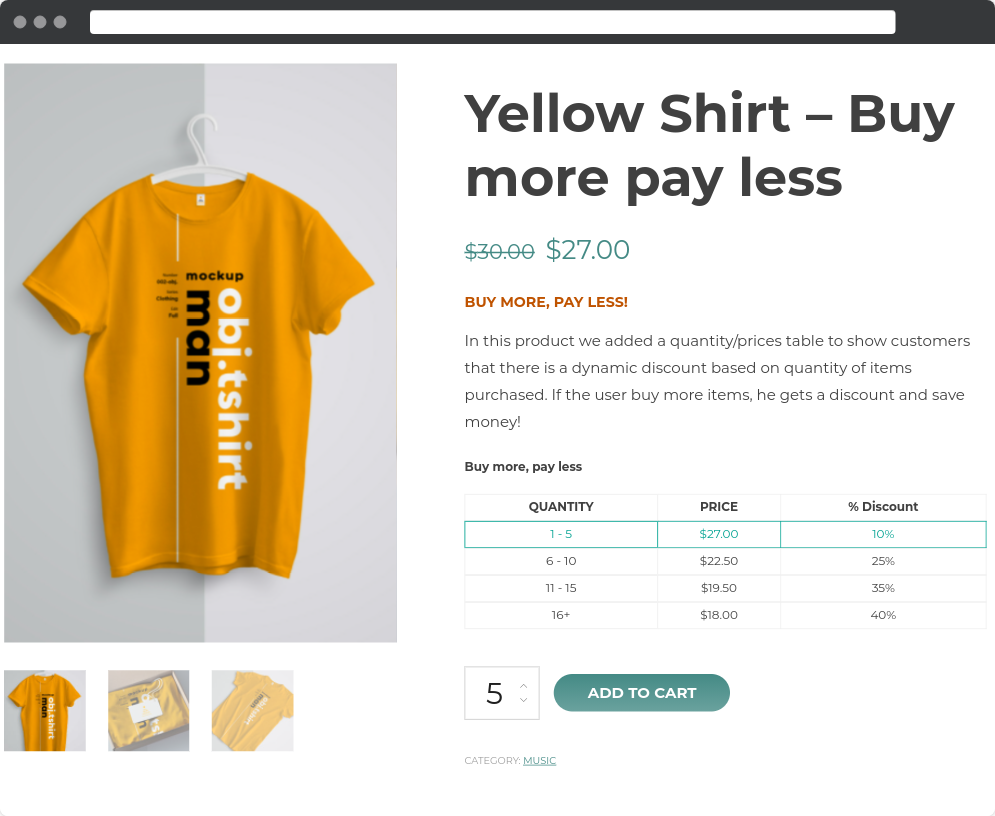
One of the options for increasing AOV is the use of quantity based pricing. You can apply it on a Woocommerce store, e.g. using the YITH WooCommerce Dynamic Pricing and Discounts plugin
Average Order Value SMART goal example
Specific – Increase the Average Order Value (AOV) by 20% (from 50 EUR to 60 EUR).
Measurable – AOV will be tracked and compared on a monthly basis using the eCommerce analytics platform before and after the implementation of upselling and cross-selling strategies.
Achievable – Yes, by introducing bundle offers, providing personalized product recommendations, offering limited-time discounts on higher-value items, and optimizing product page layouts to encourage add-on purchases.
Relevant – Yes. Increasing the AOV is crucial for maximizing revenue without necessarily increasing the number of customers. It aligns with the annual goal to boost sales revenue while maintaining current traffic levels.
Timed – Within four months of implementing the new strategies.
Limitations of using Average Order Value
While the Average Order Value (AOV) is a crucial metric for gauging customer spending in an ecommerce setting, it has its shortcomings when used in business analysis:
- Doesn’t Reflect the Full Customer Journey: AOV only provides a snapshot of the average spending at a specific point in time. It doesn’t capture the entirety of a customer’s purchasing journey or lifetime value, which might be more indicative of long-term customer value.
- Can Be Influenced by Outliers: A few very high or very low orders can skew the AOV, potentially giving a distorted perception of typical customer spending. For instance, a single large bulk order can push up the AOV, but that doesn’t necessarily mean all customers are spending more.
- Doesn’t Differentiate Between New and Returning Customers: AOV doesn’t tell you if the value is coming from loyal, returning customers or first-time buyers. This differentiation is essential as returning customers often have a higher lifetime value and lower acquisition cost.
- No Insight into Purchase Frequency: A high AOV is great, but if customers only purchase once a year, it might not be as valuable as a lower AOV from customers who purchase monthly. Frequency can play a huge role in total revenue.
- Subject to Seasonal Variations: AOV can vary seasonally, especially during sales or holiday periods. It’s important to compare AOV from similar periods to get an accurate picture.
- Not Indicative of Profitability: A higher AOV doesn’t always mean higher profits. If discounts or costly items are driving up the AOV, the profit margins might actually be lower.
- Overemphasis Can Lead to Neglecting Other Metrics: While trying to increase AOV, businesses might overlook other essential metrics like conversion rate, customer acquisition cost, or retention rates. Balance is key.
- Lacks Context Without Additional Metrics: AOV in isolation doesn’t provide a full picture. For example, a low AOV might be concerning, but if the business has a high purchase frequency and strong retention, it might not be a problem.
In conclusion, while AOV is a valuable metric in the arsenal of ecommerce KPIs, it should be used alongside other metrics to get a comprehensive understanding of a business’s performance. It shouldn’t be the only metric driving strategic decisions
KPIs and metrics relevant to Average Order Value
- Cart Abandonment Rate: This metric reveals the percentage of shoppers who added products to their cart but didn’t complete the purchase. A high cart abandonment rate alongside a low AOV might indicate that customers are dissuaded by unexpected costs or don’t perceive enough value.
- Conversion Rate: This measures the percentage of visitors who make a purchase. If AOV is high but the conversion rate is low, it could indicate that only a specific demographic is making high-value purchases.
- Customer Lifetime Value (CLV): AOV and CLV are interconnected. Businesses can segment customers based on their AOV and assess how it impacts their CLV.
- Revenue Per Visitor (RPV): This metric provides insight into the revenue generated per site visitor. A high RPV combined with a high AOV can indicate a very effective ecommerce strategy.
By understanding and optimizing AOV in conjunction with these metrics, businesses can make more informed decisions to enhance their profitability and customer satisfaction.
Quiz: Test your knowledge on Average Order Value
Final thoughts
In the world of ecommerce, Average Order Value stands as a critical metric that offers a snapshot of customer spending habits. By leveraging strategies to optimize AOV, businesses not only boost their revenue but also gain invaluable insights into their customer base, which can be pivotal for long-term growth and success.
Useful links
Average Order Value (AOV) FAQ
What is Average Order Value (AOV)?
AOV represents the mean monetary amount that a customer spends when placing an order on an ecommerce site or through a sales channel.
Why is AOV significant for my ecommerce business?
AOV provides insights into customer spending behaviors, allowing businesses to optimize their marketing, pricing, and inventory strategies. A higher AOV means higher revenues per transaction.
How can I increase the AOV?
Strategies such as product bundling, upselling and cross-selling, offering volume discounts, and setting a free shipping threshold can help boost AOV.
Are there any other metrics related to AOV?
Yes, metrics such as Cart Abandonment Rate, Conversion Rate, CLV, and RPV can offer complementary insights to AOV, providing a comprehensive view of ecommerce performance.
If my AOV is increasing, does it mean my business is doing well?
While a rising AOV can be a positive sign, it’s crucial to assess it in conjunction with other metrics like traffic, conversion rate, and overall revenue to get a complete picture of the business’s health.

